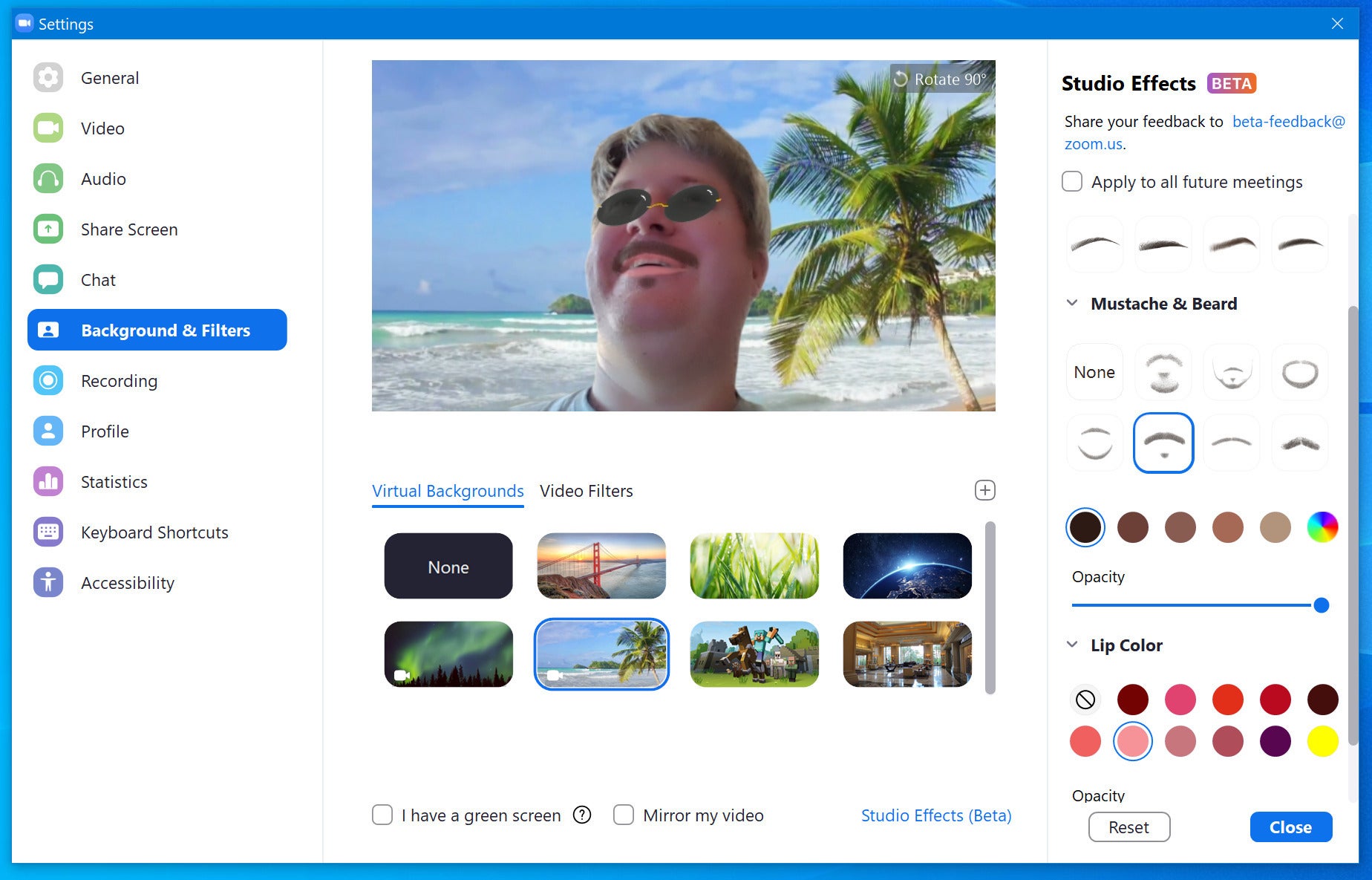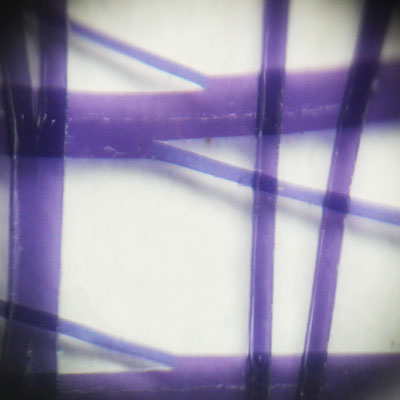

Hmm, the looping command only works with overlay animations, however you can try testing out this:

So, just to re-iterate, these filters can be found on the right side of the Writer’s Portal here: Luckily, Episode comes with their own pre-made filters that you can add from the right side of the Writer’s Portal into your story (or play around with numbers and commands and make your own cool, badass filter) Remember to add in 0 to the already made filters if you don’t want a short pause before the filter comes in. You can also make the filter take time coming in by writing something like “in 3” where it takes 3 seconds for the filter to appear. In order to have the filter set up right away for the scene, write in 0, which means it takes 0 seconds for your filter to come in (so no seconds at all). If you don’t add it, then the default is around 1 second (can count it), where there’s a tiny pause before the image becomes the way you want it to. This is optional, it means how many seconds your filter comes in. This is how strong you want your filter to be. If you don’t mention the TYPE, the default is NORMAL The TYPE that exist and can be used: NORMAL, OVERLAY, ADD, MULTIPLY This is optional to add as well and what this does, according to the Episode guides is that it “changes how it blends with the existing image.” You’ll see what this command does if you check out the guide I linked near the very end, which shows you this command in action. If you don’t mention any, the default is no_colorize. P.S here’s a pic (from many), showing hue, saturation, and lightness/brightness:Ĭolorization is optional and you can choose whether you want to turn colorization ON or OFF. (If you’re curious to know more about H S L-hue, saturation, lightness, you can always search it up, there are tons of tutorials dedicated to showing you what these are, based mostly on Photoshop, with the numerical values being different) Think of it like turning off a light, though you can control for it so it’s not super dark or super bright.

It can go from pitch black to a bright light. Lightness takes a number between -100 and 100 (also known as brightness) and it is how bright the picture is. Saturation can be a number between -100 and 100 and this is how colorful the color is (so if you have green as your color, you can make it extremely bright green or take it to the other end, where it’s mainly gray) Hue is a number between -180 and 180 and it’s the color/shade (according to the Episode guides, hue, saturation, and lightness are similar to Photoshop’s so if you’ve taken and are an expert in Photoshop, you’ll know) The general code for a hsl Hue# Saturation# Lightness# colorization with blendMode TYPE to OPACITY% in S First of all, thanks to for the idea, you rock


 0 kommentar(er)
0 kommentar(er)
